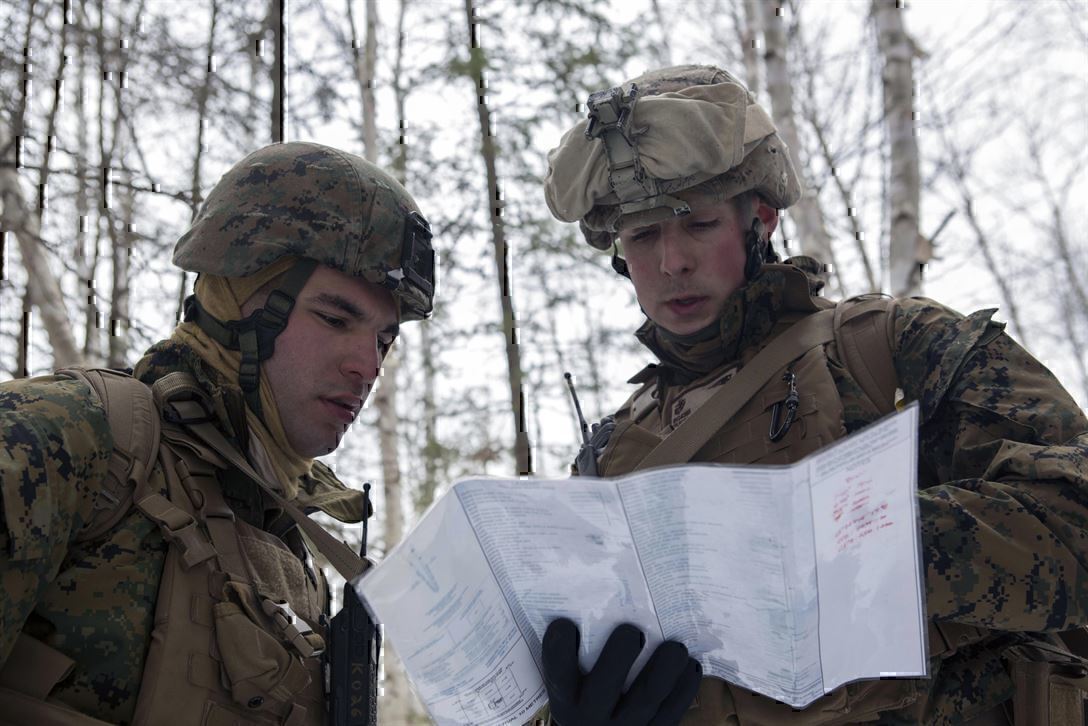The conventions of the civilian job market can be bewildering to a veteran, because any “application” process in the military is highly structured and is usually based on fitness reports, screening forms, and sometimes reference letters. But what to make of all the various possible application documents you seem to need for civilian careers?
We’ve already covered applications and cover letters. Those are designed to spark interest from an employer and get him or her to look at your qualifications in the first place. But what is the best way to present those qualifications and achievements? There are two documents for this purpose: the resume and a curriculum vitae (CV).
The Resume
A resume is a brief summary of your achievements and qualifications. At a bare minimum, it has your name and contact information at the top, a list of previous jobs (with bullets explaining your achievements at each), and a list of formal qualifications – schools, technical certificates, and trade ratings (e.g. Master Electrician). For the veteran, MOS schools go in that section of the resume.
One type of resume, called “reverse chronological,” is organized by experience. It starts with your most recent job and works backwards, emphasizing your suitability for a job based on previous, usually similar jobs. For this, you should match the phrasing to the job posting. For example, if a job posting requires “attention to detail,” you can write your experience as “input firing coordinates to the howitzer, requiring attention to detail to prevent off-target shots.” This type of resume demonstrates your suitability for a job because you’ve basically done it before, and done it well.
Another type of resume is the “functional resume” which is a list of specific skills or professional qualifications. For example, one skill might be “Network Maintenance,” and the supporting bullets would detail the types of communication networks you maintained, under what conditions, and so on. This layout emphasizes your specific skills and is often used to apply for jobs requiring technical or specialized qualifications – although so-called “soft skills” like leadership and team-building (called “soft” because they’re not easily quantified) belong in a functional resume as well.
Most resumes today are “hybrid resumes,” which combine both layouts. Usually it starts with a short list of functional skills, followed by a section detailing previous jobs in reverse chronological order. The hybrid resume has the advantage of emphasizing your skills and your experience equally, but the disadvantage is that these resumes tend to be very long (more than a page), which may discourage reading – especially if you play with font size and margins trying to fit everything in.
READ NEXT: DOS AND DON’TS AT VETERAN JOB FAIRS
Whatever the layout, resumes must be tailored to the job posting. Do not have a “standard” resume for all job applications. Adjust your resume elements – whether experiential or functional – so it speaks directly to the requirements of the job for which you’re applying. Otherwise you look as generic as the generic resume you submitted.
The Curriculum Vitae
The Latin phrase curriculum vitae means “the course of life,” and it is a much more extensive document than a resume (which in French means “summary”). Abbreviated CV, this document usually has an education section followed by an “achievements” section, both of which go in the correct chronological order.
There are major differences between a resume and a CV. A resume lists experiences with the most recent first; a CV runs in correct chronological order. A resume is a brief summary – no more than a page for easiest reading – while a CV is as long as necessary (often several pages). Finally, each resume should be customized to the job at stake, but a CV is comprehensive and therefore does not change except to add more education or achievements.
A CV is used in place of a resume for specialized professional fields, such as academics, science or law. In those types of jobs, a candidate’s qualifications are subjective and nuanced. As an example, a research firm will probably select a candidate whose past research most closely aligns with they type of research for which they’re hiring. Therefore that kind of employer may ask for a CV that includes details of all military research projects in which a veteran candidate has participated. Essentially, CVs are used when employers want to evaluate candidates’ experience within a specialized profession.
CVs are used in the United States almost exclusively in the academic or scientific setting. Europeans sometimes use the term CV to refer to what we call resumes, so if you’re applying to a position offshore you may have to ask directly what they want.
Should You Submit a Resume or a CV?
A resume is vastly more common than a CV. Resumes generally catalogue hard skills and quantifiable experience, which veterans have in spades. Many of the positions and industries seeking veteran employees value hard skills such as familiarity with certain technologies or access to a security clearance. Even the “soft skills” of veterans are self-evident: experience as a unit leader is readily relatable to a job as a civilian supervisor or team leader.
Resumes make it easy to compare candidates directly and decide which candidate has the most success and/or experience or the best skill set. CVs help employers make much harder comparisons between professionals or academics by detailing specialized work. As civilian employers likely won’t have a nuanced perspective on your military career, the general rule for veterans is that unless a job posting specifies that you submit a CV, always send in a resume.
READ NEXT: BUILDING YOUR NETWORK: MAKING THE RIGHT CONNECTIONS






